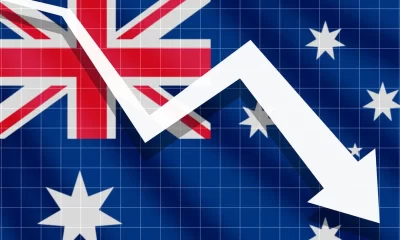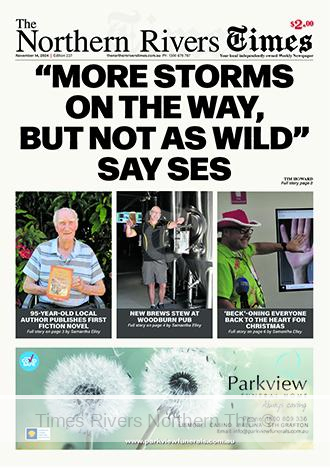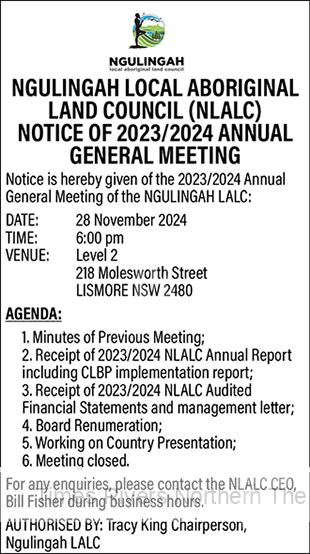PM Anthony Albanese’s $8.8M Property Empire: A Testament to Savvy Real Estate Moves
By Jeff Gibbs
Prime Minister Anthony Albanese has quietly built an impressive $8.8 million property portfolio, leveraging astute investments made long before his rise to Australia’s top political office. His most recent acquisition, a $4.3 million clifftop retreat near Copacabana Beach on the NSW Central Coast, is the latest chapter in his real estate success story.
Foundations of a Lucrative Portfolio
Albanese’s property journey began modestly but strategically. In 1990, he purchased his first home, a two-bedroom house in Marrickville, Sydney, for $146,000—slightly below the city’s median price at the time. He sold it five years later for $186,000, marking a 27% profit.
This early success laid the groundwork for a series of shrewd investments that would see him consistently capitalize on Sydney’s rapidly appreciating housing market.
One of his most profitable moves came in 2012 when he bought another Marrickville property for $1.115 million during a period of gentrification in the area. He and then-partner Carmel Tebbutt rented it out, generating $915 per week in 2014. The property was sold in 2021 for $2.35 million—more than double the purchase price, netting the couple a $1.235 million gain.
Expanding the Portfolio
Albanese’s ventures extended beyond Marrickville. In 1996, he purchased a Canberra apartment for $162,000, likely to accommodate his new role as Member for Grayndler. The apartment was sold in 2022 for $662,500, delivering a profit of around $500,000.
The Prime Minister’s portfolio also includes a Dulwich Hill investment property, acquired in 2015 for $1.175 million. Initially guided for auction at $1.9 million, the price was later revised to $1.85 million. Even at this lower figure, Albanese stands to make a $675,000 profit.
The Jewel of Marrickville
Before his recent beachside splurge, the centrepiece of Albanese’s portfolio was a three-bedroom Marrickville home purchased in 2006 for $997,500. With no mortgage attached, the property is now valued between $2.27 million and $3.01 million, with $2.65 million deemed the most likely figure—representing a potential $1.65 million increase in value.
This property, once Albanese’s primary residence, was listed for rent in 2022 at $1,350 per week.
From Backbencher to Property Mogul
Albanese’s real estate acumen predates his tenure as Prime Minister and reflects a savvy approach to wealth-building through property investment. By capitalizing on market trends, holding assets in high-growth areas, and reinvesting profits, he has turned his initial investments into a substantial portfolio.
His success even drew commentary from former Prime Minister Scott Morrison during a parliamentary debate. “The leader of the Opposition has bought plenty of homes,” Morrison quipped. “Good for him. Good luck to him. We celebrate success.”
Strategic Wealth Creation
Albanese’s journey underscores the role of real estate as a vehicle for wealth creation, even on a backbencher’s salary. His decisions, from timing purchases during periods of gentrification to holding properties in desirable locations, have allowed him to amass significant equity.
With the addition of his Central Coast retreat, Albanese’s property portfolio not only reflects financial success but also a keen understanding of Australia’s dynamic real estate market. Whether through strategic sales or rentals, the Prime Minister has demonstrated an ability to navigate and profit from one of the country’s most competitive sectors.
For more local news, click here.




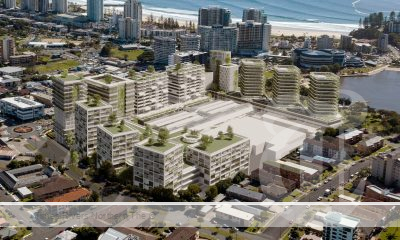
 Tweed Shire News2 years ago
Tweed Shire News2 years ago
 Motoring News2 years ago
Motoring News2 years ago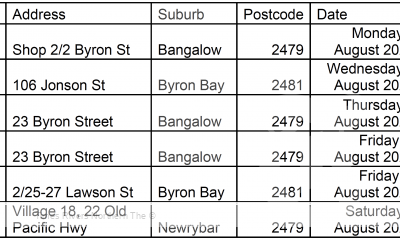
 COVID-19 Northern Rivers News3 years ago
COVID-19 Northern Rivers News3 years ago
 COVID-19 Northern Rivers News3 years ago
COVID-19 Northern Rivers News3 years ago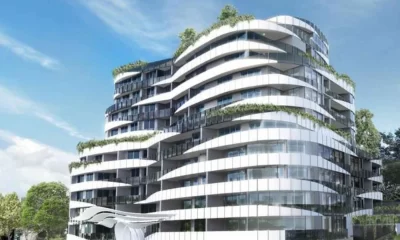
 Northern Rivers Local News3 years ago
Northern Rivers Local News3 years ago
 Health News3 years ago
Health News3 years ago
 COVID-19 Northern Rivers News3 years ago
COVID-19 Northern Rivers News3 years ago
 NSW Breaking News3 years ago
NSW Breaking News3 years ago
















